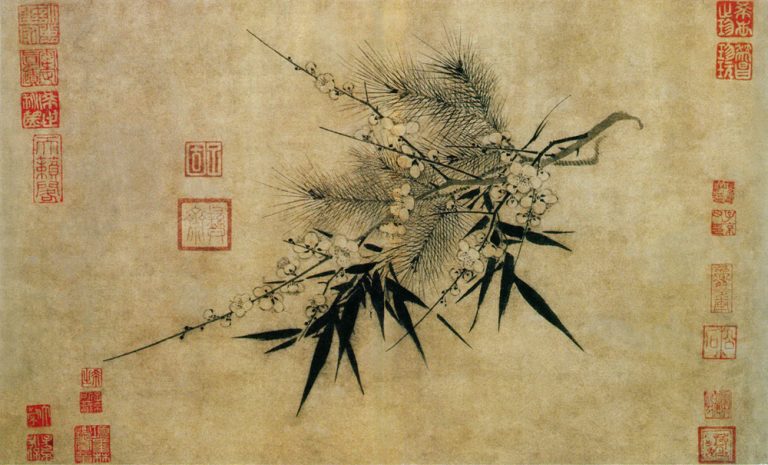The faith of Chinese Catholics is grounded in the martyrdom of 120 saints who gave their life for Christ and the Church. Now, CCP is systematically removing their statues from the churches.
Yang Xiangwen
After Catholicism entered China, numerous bishops, priests and lay believers were persecuted and martyred for their faith. These martyred saints are regarded by Chinese Catholics as exemplars and models. In the year 2000, Pope John Paul II (1920-2005) canonized 120 Chinese martyrs. Later, statues of the martyred saints were erected in churches and elsewhere. The CCP never liked these statues, as it is easy for the Catholics to compare the martyrs of old with the new martyrs created by Communist persecutions.
Only ten days after the signing of the Vatican-China deal of 2018, the local government forcibly removed the saints’ statues from a Catholic church in Dongxihetou village, in Hengshui Diocese of north China’s Hebei Province.
A local Catholic told Bitter Winter that officials from the United Front Work Department (UFWD) compelled believers to dismantle the saints’ statues. The UFWF threatened that, if they would not do this, the assets of the lay Catholic who donated the largest sum of money for erecting the statues would be seized. Under coercion by the authorities, the believers had no choice but to hire a crane to remove the saints’ statues.
It is understood that the removed statues included those of the Saints Paulus Wu Anju (1838-1900), Johannes Baptista Wu Mantang (1883-1900), and Paulus Wu Wanshu (1884-1900). On June 29, 1900, all the nine members of their family, including the three canonized saints, offered their lives to God. On April 17, 1955, Pope Pius XII (1876-1958) beatified the three Wu martyrs. On October 1, 2000, they were canonized by Pope John Paul II.


One month later, a statue of Saint Chi Zhuzi (1882-1900) at Dechao Church (another Catholic church in Shenzhou city, Hebei) was also dismantled under pressure from the authorities.
According to witnesses, local village officials ordered believers to shut down the church, remove statues of Jesus and a saint that had been placed in front of the church’s altar, and block the access to the area where a saint’ statue had been placed, above the church’s gate. Village officials threatened believers, saying that if they didn’t follow orders, the church would be demolished. In order to save the church, they had no choice but to obey.
Saint Chi was killed with knives and guns during the Boxer Rebellion (1899-1901). He passed away at the age of 18. He was beatified and canonized at the same dates of the Wu family martyrs, also killed in the year 1900.


Around the same time, a church (located in Wuyi county of Hengshui Diocese) under the Catholic Patriotic Association was also forced to dismantle statues of saints.
One local churchgoer told Bitter Winter that, initially, two statues of saints stood in the pavilions in the church’s courtyard. In late October 2018, officials from the Religious Affairs Bureau ordered the two saints’ statues to be removed. “If we didn’t remove them, they would bring in an excavator and demolish the statues alongside the pavilions,” said the churchgoer.
The removed statues were of two canonized French Jesuit priests Modeste Andlauer (1847-1900) and Rémy Isoré (1852-1900). In late June 1900, they died in the Catholic church in Wuyi, assassinated by the Boxer rebels.


Local Catholics told Bitter Winter that they believe the CCP is in fact removing the statues of the martyrs who died in 1900 because it is well aware that they are a continuous reminder for believers of many other martyrs who were killed by the Communist regime. Their deeds have inspired generations of churchgoers. Totalitarian regimes always try to kill the memory, after they have killed the martyrs who chose to die rather than denying their faith.









